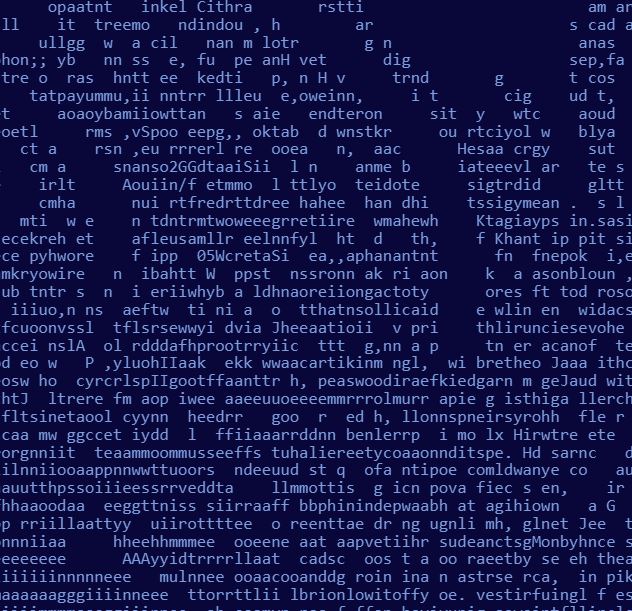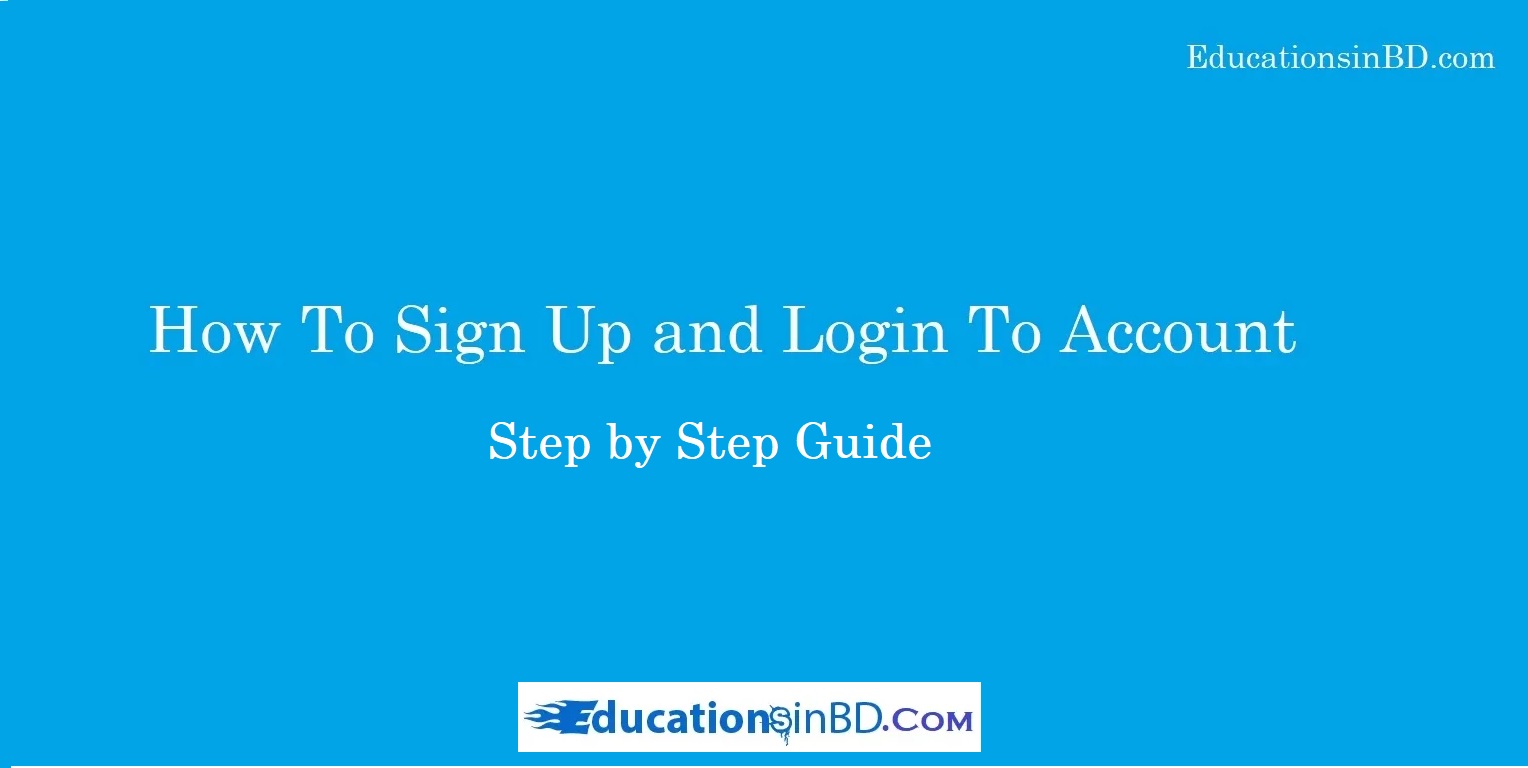Stockfish Online vs ChatGPT: How to use Stockfish
Stockfish Online vs ChatGPT: Stockfish and ChatGPT are very different entities, and as such, it’s difficult to compare them directly. Stockfish is a powerful chess engine that uses brute-force algorithms and sophisticated heuristics to play chess at a very high level. It’s designed to analyze chess positions and find the best possible moves, given a specific set of rules and constraints.
ChatGPT, on the other hand, is a language model that uses deep learning algorithms to generate human-like responses to text inputs. It’s designed to understand the meaning behind text and generate appropriate responses, whether it’s answering questions, completing sentences, or generating entirely new text. Stockfish is designed to play chess, while ChatGPT is designed to generate text. They are both highly capable in their respective domains, but they cannot be directly compared.
How to use Stockfish

Stockfish is a powerful chess engine that can be used to analyze positions, play games against, or train with. Here are some basic steps to get started with using Stockfish:
- Download Stockfish: You can download Stockfish from the official website (https://stockfishchess.org/download/). You can choose the appropriate version for your operating system.
- Install Stockfish: Once you have downloaded Stockfish, you need to install it on your computer. You can do this by following the installation instructions provided with the download.
- Run Stockfish: Once you have installed Stockfish, you need to run it. This can be done by opening the command prompt (on Windows) or terminal (on Mac or Linux) and navigating to the folder where Stockfish is installed. Then, you can type the command to start Stockfish.
- Interface with Stockfish: To interface with Stockfish, you can use a chess GUI (Graphical User Interface) such as Chessbase, Arena, or SCID. These interfaces allow you to load chess positions, play games against Stockfish, or analyze positions with Stockfish.
- Analyze positions: To analyze a position with Stockfish, you can load the position in the chess GUI, select Stockfish as the engine to analyze with, and then run the analysis. Stockfish will generate a list of suggested moves and evaluation scores for each move.
- Play games: To play a game against Stockfish, you can set up a new game in the chess GUI, select Stockfish as the opponent, and then make your moves. Stockfish will respond with its moves, and the game will continue until a win, loss, or draw is reached.
Stockfish is a powerful tool for analyzing chess positions and playing games against them. With some basic knowledge of how to interface with Stockfish, you can start to explore its many capabilities.
Chat GPT chess bot
ChatGPT can be programmed to act as a chess bot, where it can understand and respond to natural language commands related to playing chess. Here are some basic steps to create a chess bot using ChatGPT:
Data Collection: The first step in creating a chess bot with ChatGPT is to collect a large amount of chess-related data. This data can include chess games, chess puzzles, and chess-related questions and answers. The data should be in a format that can be easily fed into ChatGPT, such as a text file.
Training ChatGPT: Once you have collected the chess-related data, you need to train ChatGPT on this data using deep learning algorithms. You can use libraries such as TensorFlow or PyTorch to train the model.
Integration: Once you have trained ChatGPT, you need to integrate it into a chatbot platform such as Dialogflow or Microsoft Bot Framework. This will allow users to interact with the chess bot using natural language commands.
Natural Language Processing: The chess bot should be able to understand natural language commands related to playing chess. For example, users might ask the bot to make a move, suggest a move, or give feedback on a specific position. The bot needs to be able to process these commands and respond appropriately.
Playing Chess: Once the bot is trained and integrated, users can interact with it by sending natural language commands related to playing chess. The bot can respond with suggested moves, feedback on positions, or even play a game against the user.
creating a chess bot with ChatGPT can be a challenging task that requires a deep understanding of natural language processing and deep learning. However, with the right data and tools, it is possible to create a powerful chess bot that can understand and respond to natural language commands related to playing chess.




